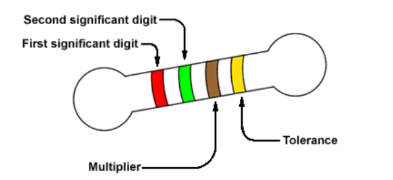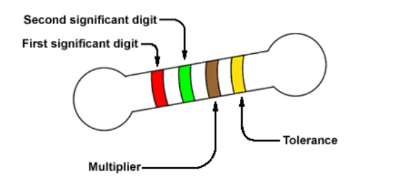Biology miscellaneous
- The Sigmoid Colon is part of
-
View Hint View Answer Discuss in Forum
The sigmoid colon is a short curving of the colon, just before the rectum. It is part of the large intestine.
Correct Option: C
The sigmoid colon is a short curving of the colon, just before the rectum. It is part of the large intestine.
- The type of tail found in Shark is
-
View Hint View Answer Discuss in Forum
Sharks possess a heterocercal caudal fin in which the dorsal portion is usually noticeably larger than the ventral portion. This is because the shark’s vertebral column extends into that dorsal portion, providing a greater surface area for muscle attachment.
Correct Option: C
Sharks possess a heterocercal caudal fin in which the dorsal portion is usually noticeably larger than the ventral portion. This is because the shark’s vertebral column extends into that dorsal portion, providing a greater surface area for muscle attachment.
- Teeth and Bones acquire strength and rigidity from
-
View Hint View Answer Discuss in Forum
The human body requires more calcium than any other mineral. At least 99% of the calcium is found in the bones and teeth, giving them strength and rigidity.
Correct Option: A
The human body requires more calcium than any other mineral. At least 99% of the calcium is found in the bones and teeth, giving them strength and rigidity.
- The curcumin is isolated from
-
View Hint View Answer Discuss in Forum
Curcumin is the principal curcuminoid of the popular Indian spice turmeric, which is a member of the ginger family. The curcuminoids are natural phenols that are responsible for the yellow color of turmeric.
Correct Option: B
Curcumin is the principal curcuminoid of the popular Indian spice turmeric, which is a member of the ginger family. The curcuminoids are natural phenols that are responsible for the yellow color of turmeric.
- In the resistance colour code, the fourth band signifies
-
View Hint View Answer Discuss in Forum
The first and second band represent the numerical value of the resistor, and the colour of the third band specify the power-of-ten multiplier. Reading the resistor from left to right, the fourth band represents the tolerance.

Correct Option: A
The first and second band represent the numerical value of the resistor, and the colour of the third band specify the power-of-ten multiplier. Reading the resistor from left to right, the fourth band represents the tolerance.


